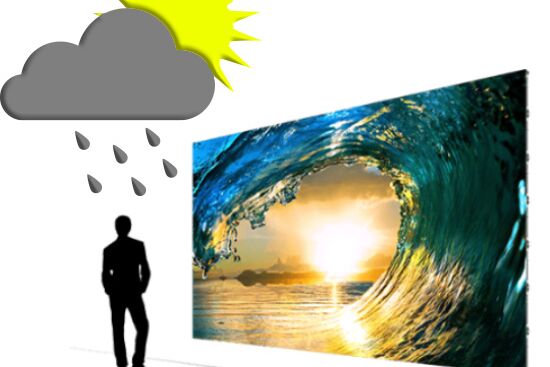Exploring the Wide-ranging Connectivity Solutions Available for Light Emitting Diode Wall Modules
Exploring the Wide-ranging Connectivity Solutions Available for Light Emitting Diode Wall Modules
Blog Article
Light Emitting Diode wall panels have secured traction for their ability to deliver crisp visuals in various settings, from corporate environments to event venues. One of the primary aspects of these systems is their connectivity capabilities, which allow users to connect them to multiple devices and systems. Understanding the diverse connectivity options supported for Light Emitting Diode wall panels is essential for enhancing their use and effectiveness. This article explores these options, showcasing how they can adapt to specific needs and preferences.
One frequent connection method for Light Emitting Diode wall panels is HDMI. High-Definition Multimedia Interface is broadly recognized for delivering crisp video and audio signals between components. This connection type is especially useful in business environments, such as conference rooms or training rooms, where presentations or video content are often displayed. By using HDMI cables, operators can easily connect laptops, projectors, and streaming devices to LED wall panels, guaranteeing a clear and vibrant presentation of media.
Another popular interface method is DisplayPort, which is similar to High-Definition Multimedia Interface but offers additional advantages. Display Port can support elevated refresh rates and resolutions, making it an ideal choice for gaming or graphic-intensive applications. For those deploying LED wall panels in environments where output quality is essential, such as esports arenas or creative workspaces, DisplayPort can provide the required visual clarity. Moreover, many modern computers and graphics cards include Display Port connections, making it a convenient option for tech-savvy users.
In addition to High-Definition Multimedia Interface and DisplayPort, wireless transmission methods are becoming increasingly prevalent in LED wall panel solutions. Cable-free connections allow users to transmit content without the requirement for physical cables, promoting a streamlined and more adaptable setup. Technologies such as wireless internet and short-range communication enable users to connect smartphones, tablets, and laptops directly to Luminescent Diode wall panels without tangled wires. This versatility is especially beneficial in dynamic settings like exhibitions or live functions, where quick changes to displays are often needed.
For extensive deployments or more complex setups, network connectivity through Ethernet is another viable option. Wired links provide a consistent and robust way to connect multiple LED wall learn about this here now panels within a system. This approach is suitable for digital signage use cases found in retail centers or airports, where numerous panels may need to display synchronized content across a broad area. By using network cabling and routing hardware, users can ensure that all connected panels receive consistent updates and content efficiently.
Lastly, it's important to consider the evolution of interface technology with advancements such as Universal Serial Bus-C and Thunderbolt Three. These next-generation connection types offer increased data transfer speeds and versatility by allowing one cable to handle both power delivery and data transmission. As more systems incorporate these protocols, Light Emitting Diode wall panels equipped with USB-C ports will likely become more common. This evolution in integration not only enhances the capabilities of Luminescent Diode wall panels but also aligns with the growing trend of minimalistic design in hardware arrangements by minimizing the number of wires required.
In summary, examining the broad interface methods available for LED wall panels reveals many possibilities for users across various fields. From traditional methods like High-Definition Multimedia Interface and Display Port to contemporary wireless technologies and LAN setups, each option serves specific functions tailored to specific needs. Additionally, next-gen technologies like USB-C offer further developments in how professionals interact with LED wall panels. By grasping these integration alternatives, end-users look these up can make informed decisions that enhance their overall experience with these versatile display tools.